| Plant Habit: | Shrub |
| Life cycle: | Perennial |
| Sun Requirements: | Full Sun to Partial Shade |
| Water Preferences: | Mesic Dry Mesic Dry |
| Soil pH Preferences: | Slightly acid (6.1 – 6.5) Neutral (6.6 – 7.3) Slightly alkaline (7.4 – 7.8) |
| Minimum cold hardiness: | Zone 7a -17.8 °C (0 °F) to -15 °C (5 °F) |
| Maximum recommended zone: | Zone 10b |
| Plant Height: | 12 inches to 48 inches |
| Plant Spread: | 24 inches to 36 inches |
| Leaves: | Evergreen Semi-evergreen Fragrant |
| Flowers: | Showy |
| Flower Color: | Mauve Pink Red Other: Magenta Pink to Rose |
| Bloom Size: | Under 1" |
| Flower Time: | Late winter or early spring Spring Fall Other: May bloom off and on year-round in some climates. |
| Underground structures: | Taproot |
| Suitable Locations: | Xeriscapic |
| Uses: | Medicinal Herb Suitable as Annual |
| Edible Parts: | Leaves |
| Eating Methods: | Tea |
| Wildlife Attractant: | Bees Butterflies Hummingbirds |
| Resistances: | Humidity tolerant Drought tolerant |
| Pollinators: | Bees |
| Containers: | Suitable in 3 gallon or larger Needs excellent drainage in pots |
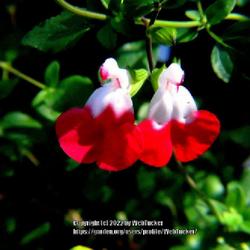
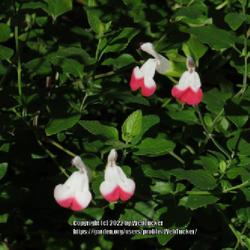

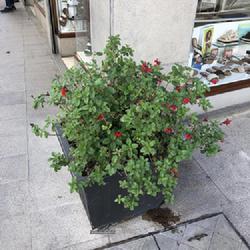
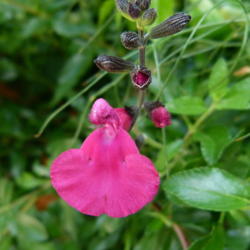
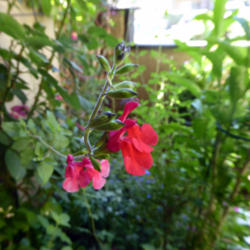
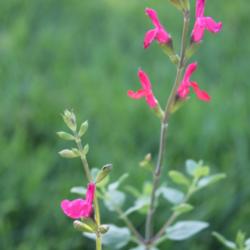

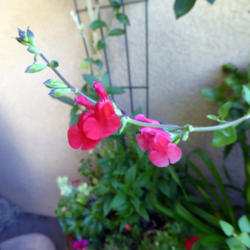
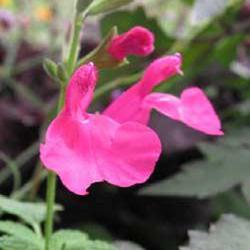
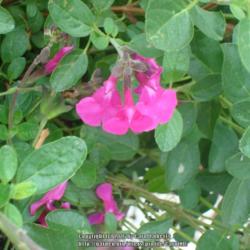


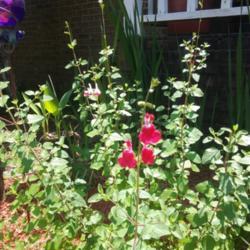
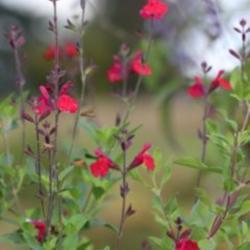
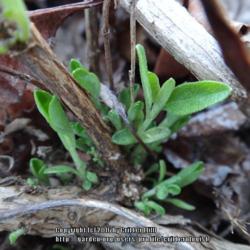
| AndreA33 | On March 15, 2016 | Obtained plant Super U |
| WebTucker | On October 20, 2022 | Bloomed |
| Australis | On July 9, 2023 | Transplanted Moved from pot into front garden. |
| Thread Title | Last Reply | Replies |
|---|---|---|
| Salvia microphylla or S. splendens? by eclayne | Apr 19, 2017 12:00 AM | 1 |
« Add a new plant to the database
» Search the Salvias Database: by characteristics or by cultivar name
« See the general plant entry for Salvias (Salvia)
« Visit the Agastache and Salvias forum